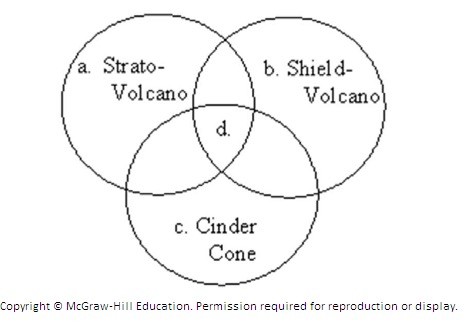Discuss the formation of the Himalayan Mountains using the figures above as a guide. Be sure to add features seen in the diagram with your explanation
What will be an ideal response?
Answer: The figure shows the formation of the Himalayas. The collision of two continents and the cessation of subduction & elevation of the high plateau region behind the mountains match that location most closely. Before the collision, India's northern margin consisted of a thick sequence of continental shelf sediments, while Asia was part of an active margin with a well-developed margin and volcanic arc. As the oceanic crust is subducted, continental rocks between the two continents are folded, faulted, and eventually uplifted to create the Himalayan Mountains.
You might also like to view...
The atmospheric circulation cells in the tropics are ____ cells and those in the mid-latitudes are ____ cells
a. Hadley; polar b. Ferrel; polar c. Ferrel; Hadley d. Hadley; Ferrel e. equatorial; subtropical
What comprises the ocean crust?
A)sedimentary rocks B)peridotite C)igneous rocks D)metamorphic rocks E)granite
What is the largest country (in terms of land area as well as population) in the Australia and Oceania region?
A) Australia B) Fiji C) New Zealand D) Solomon Islands E) Vanuatu
Use the Venn diagram below for this question. Which feature(s) are present at plate boundaries?
Which feature(s) are present at plate boundaries?
A. Stratovolcano B. Shield volcano C. Cinder Cone D. All of the choices are correct.